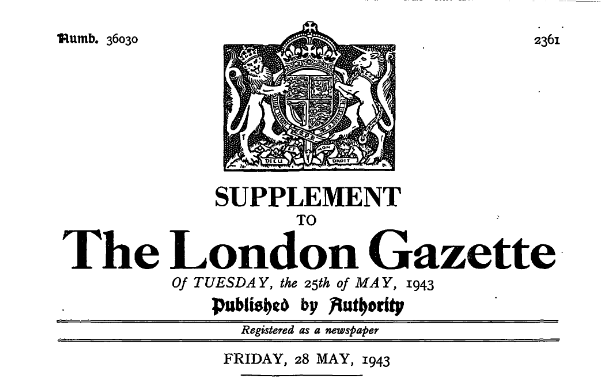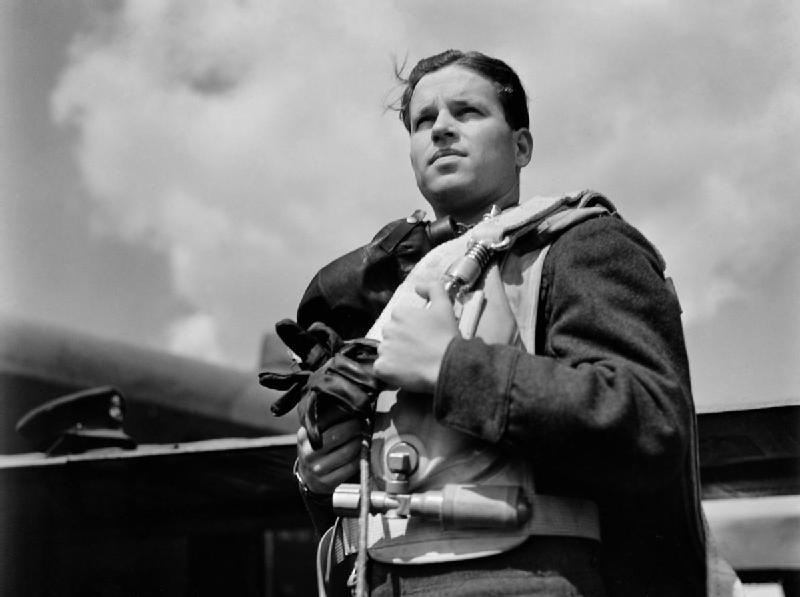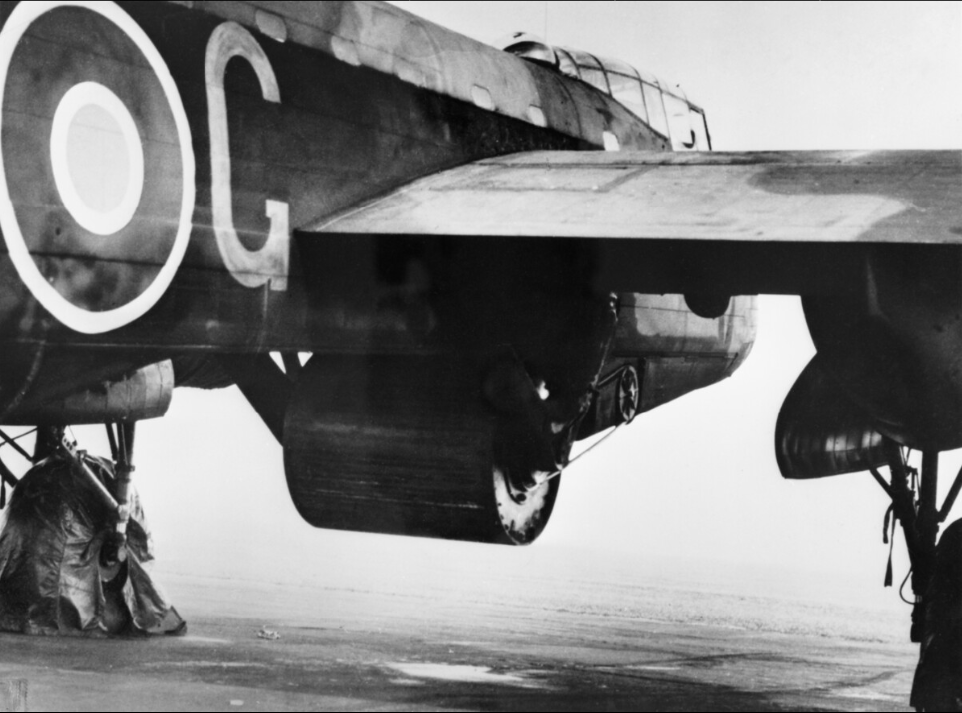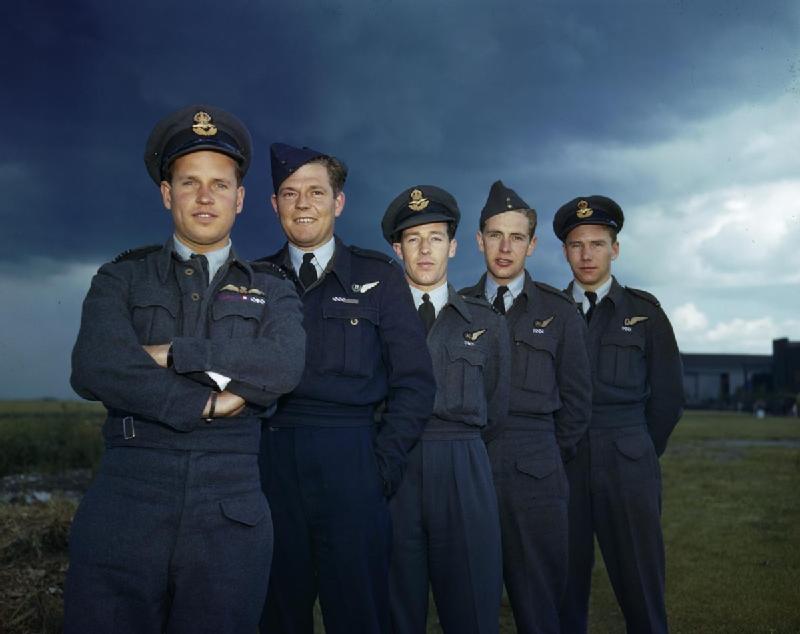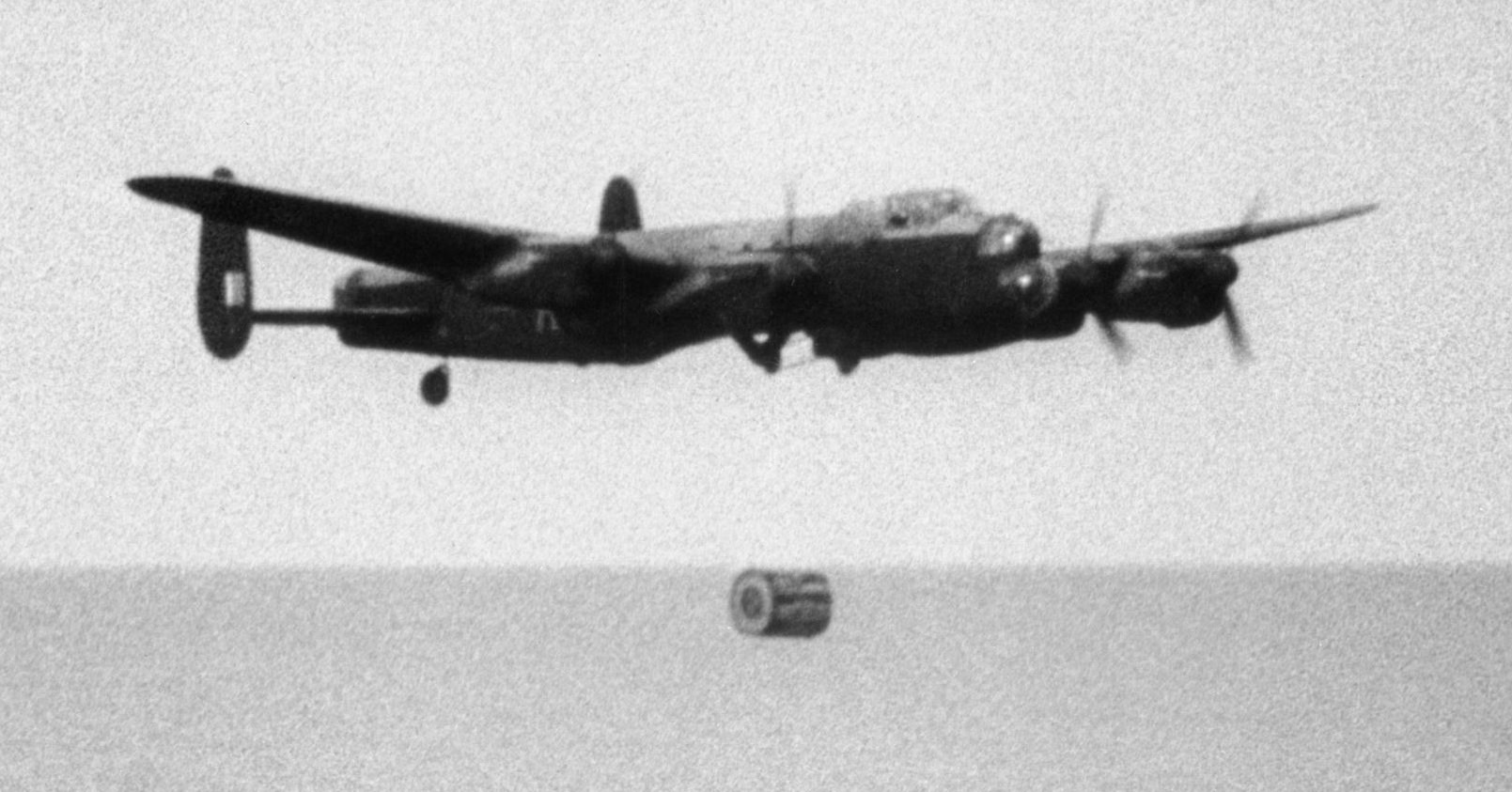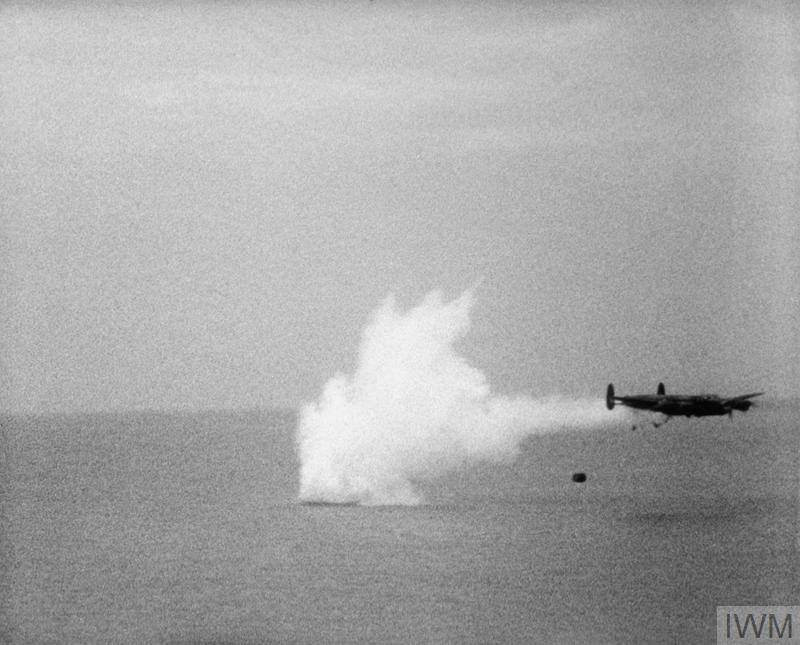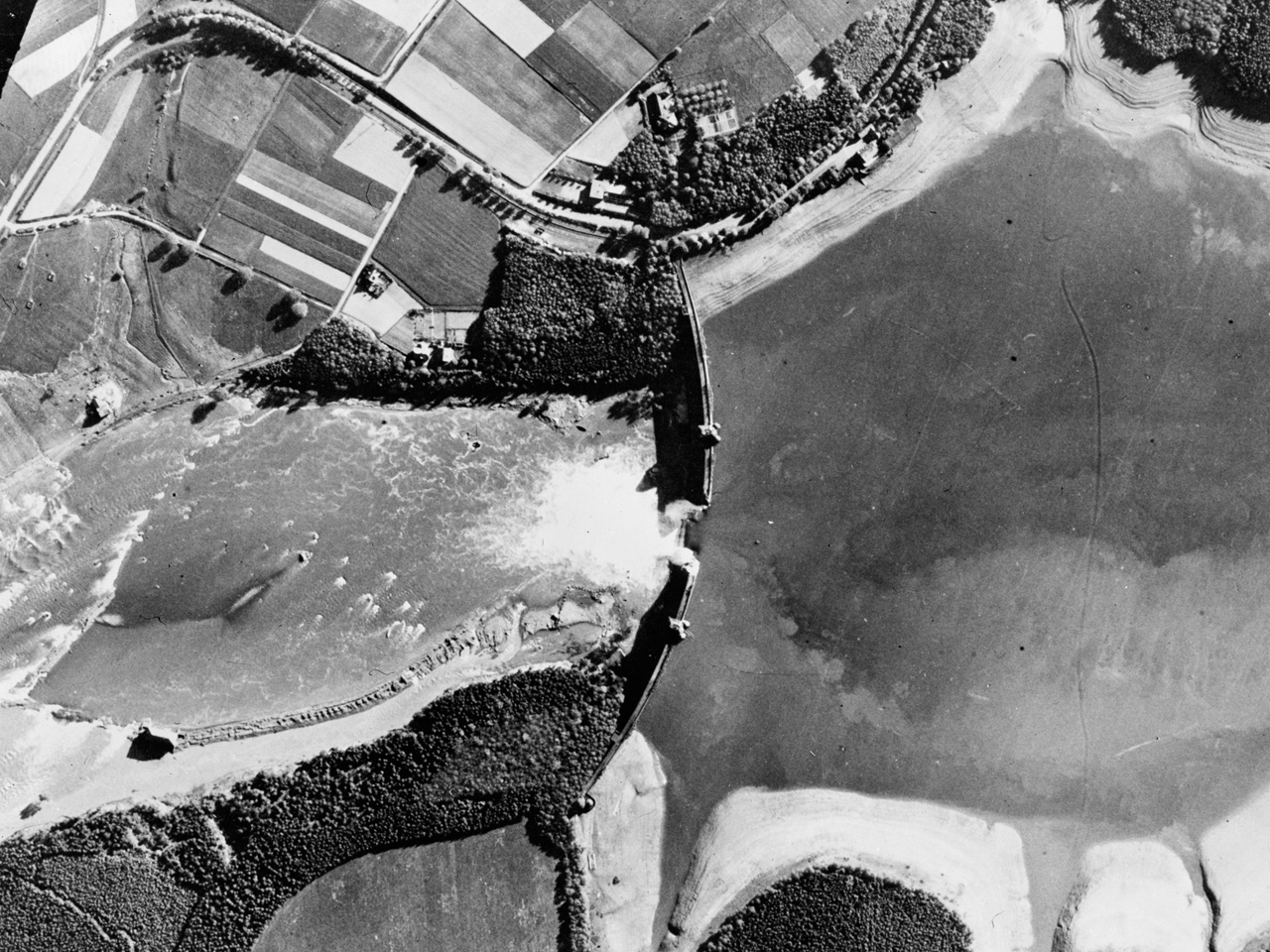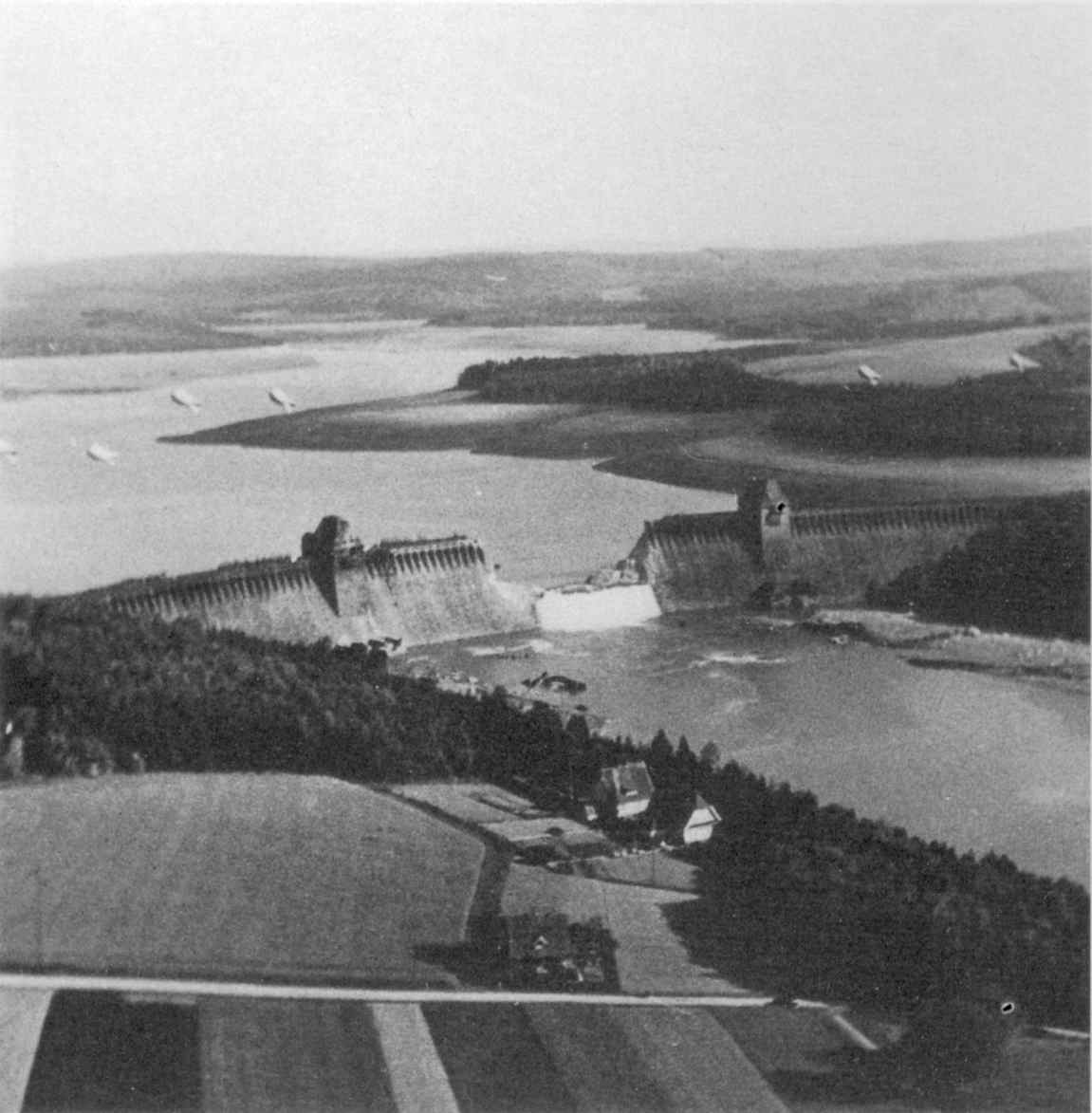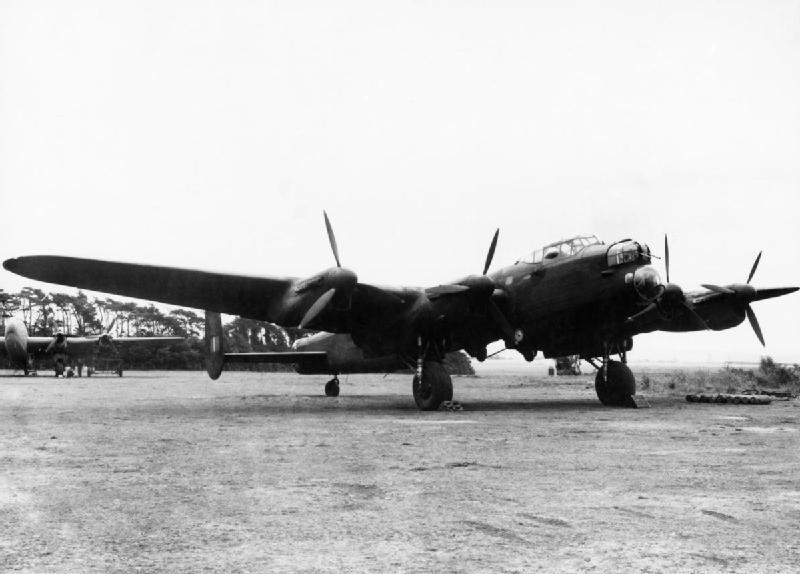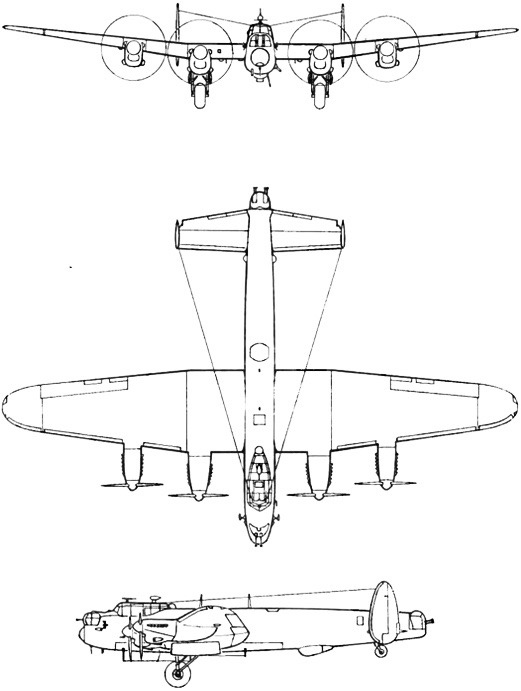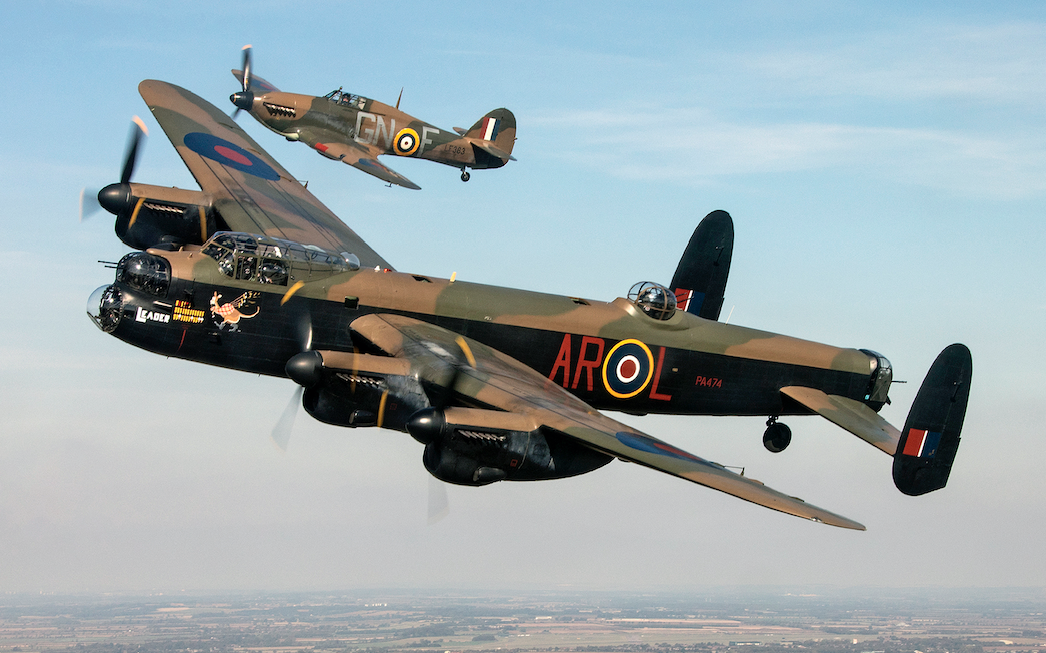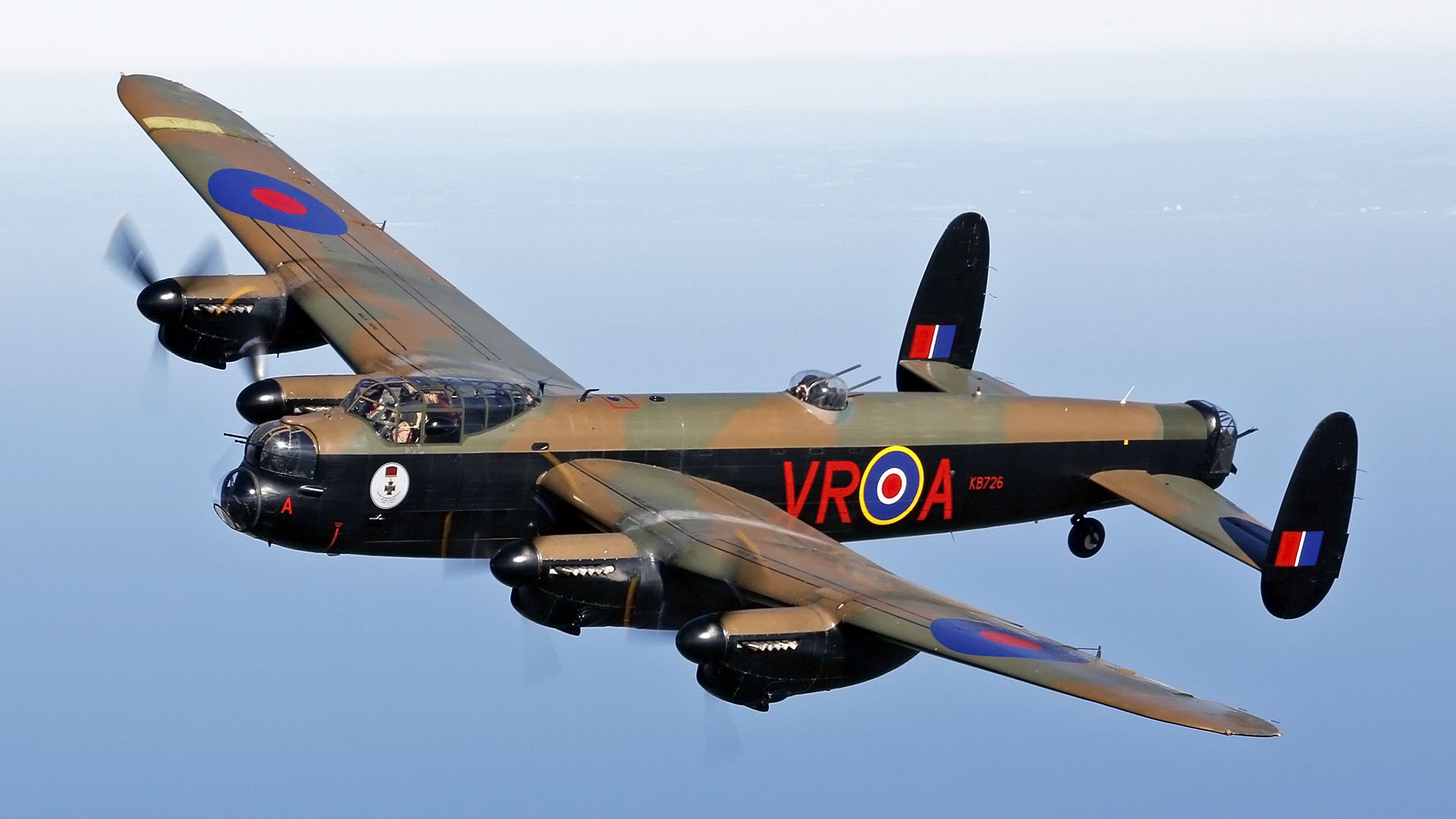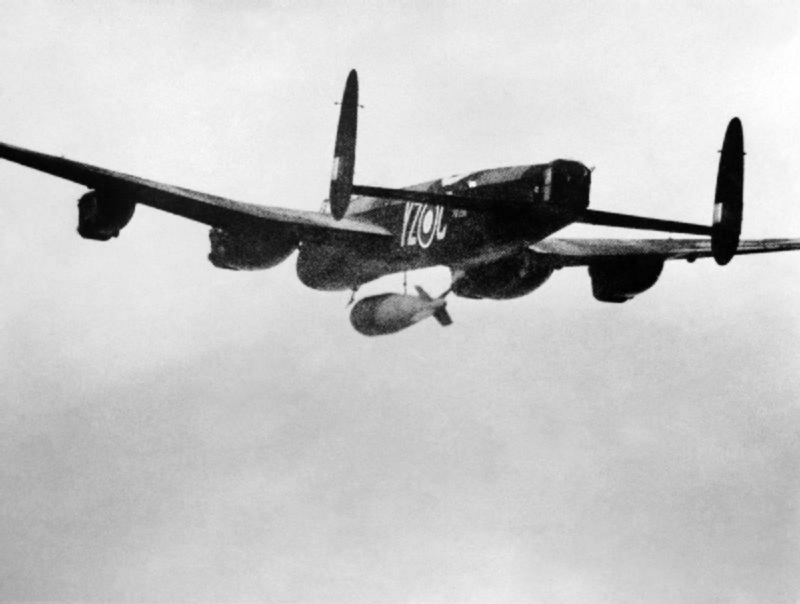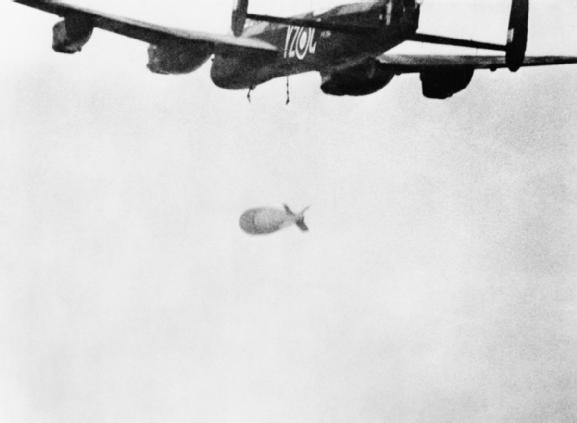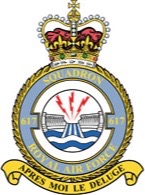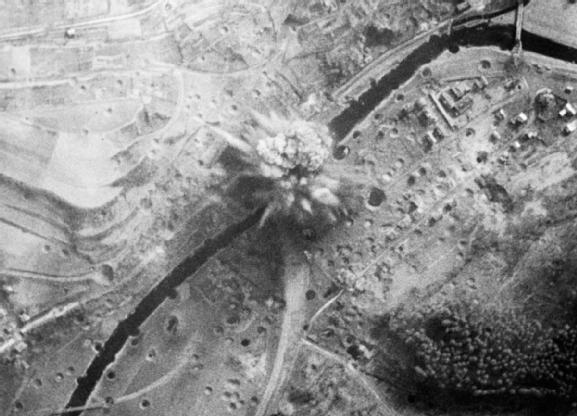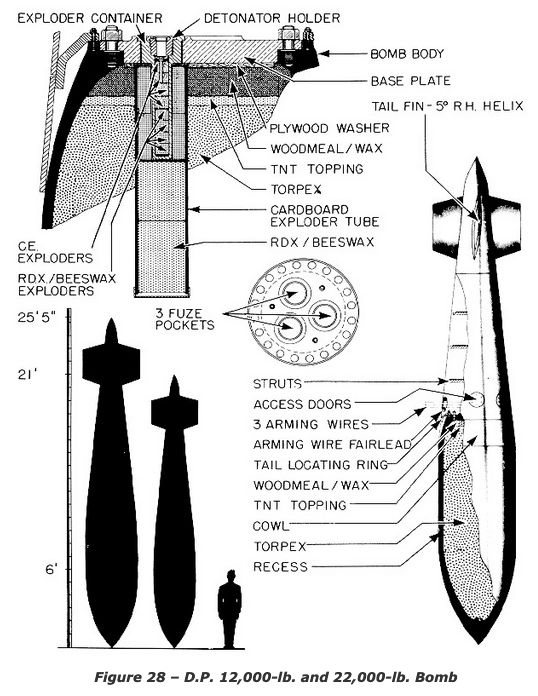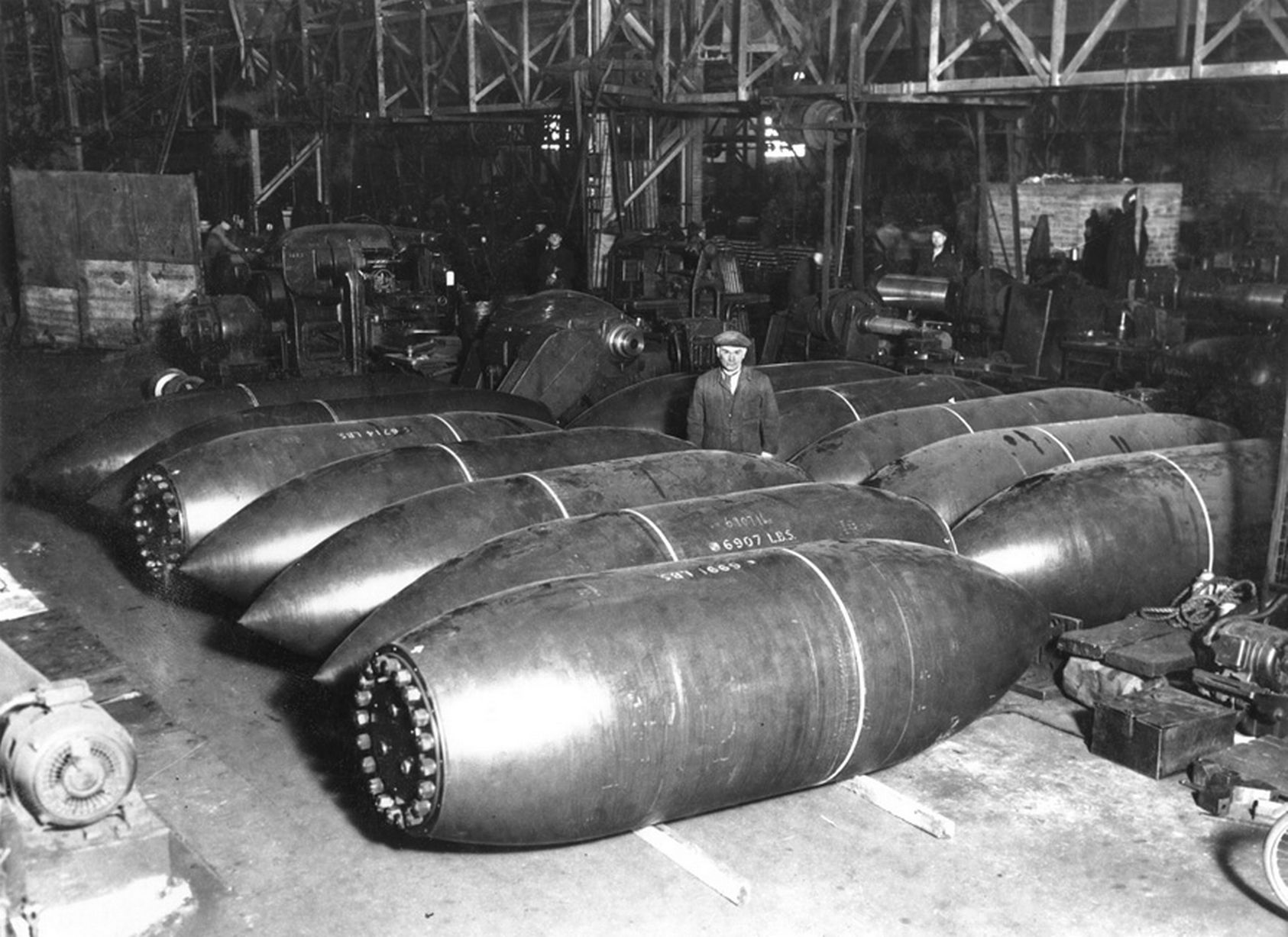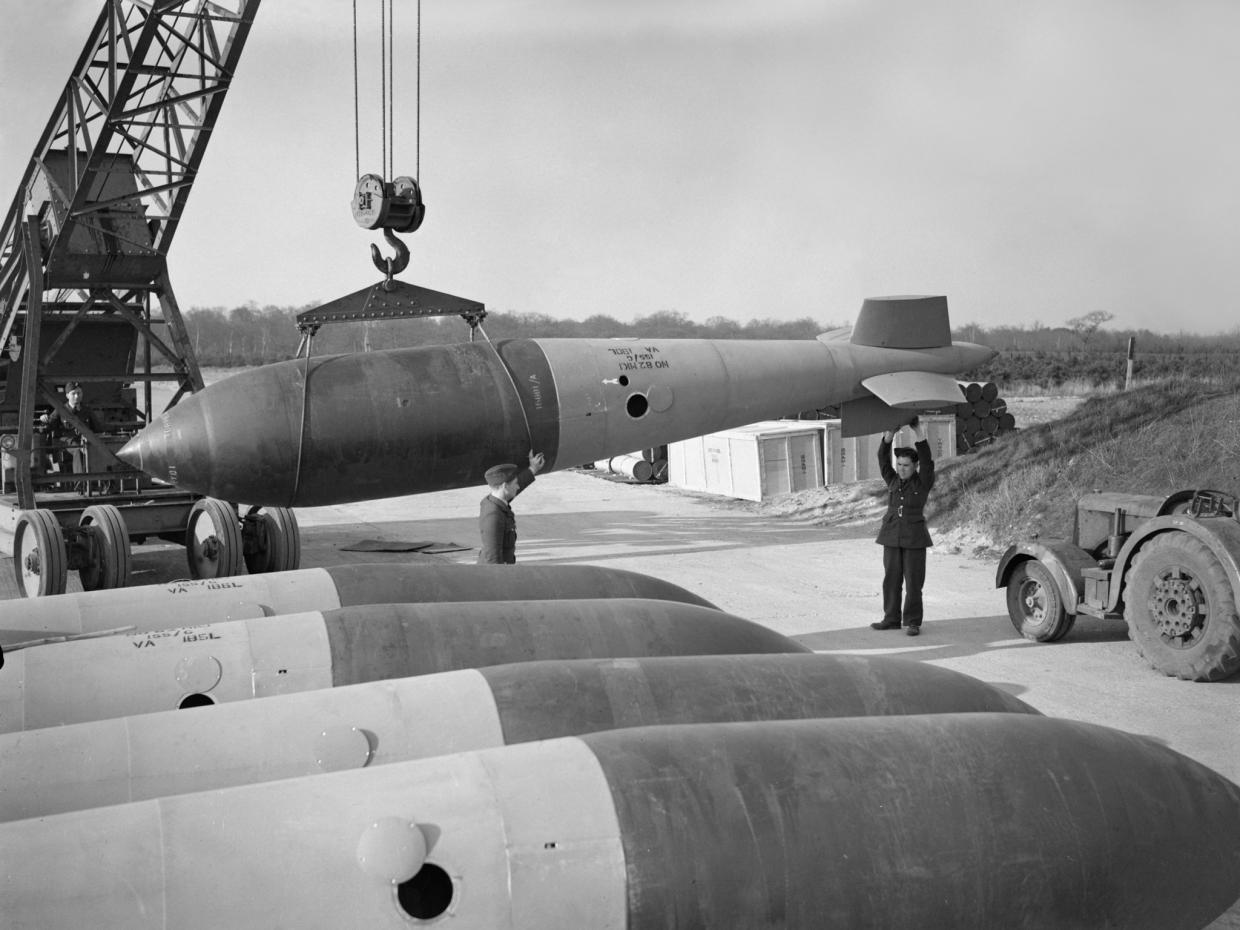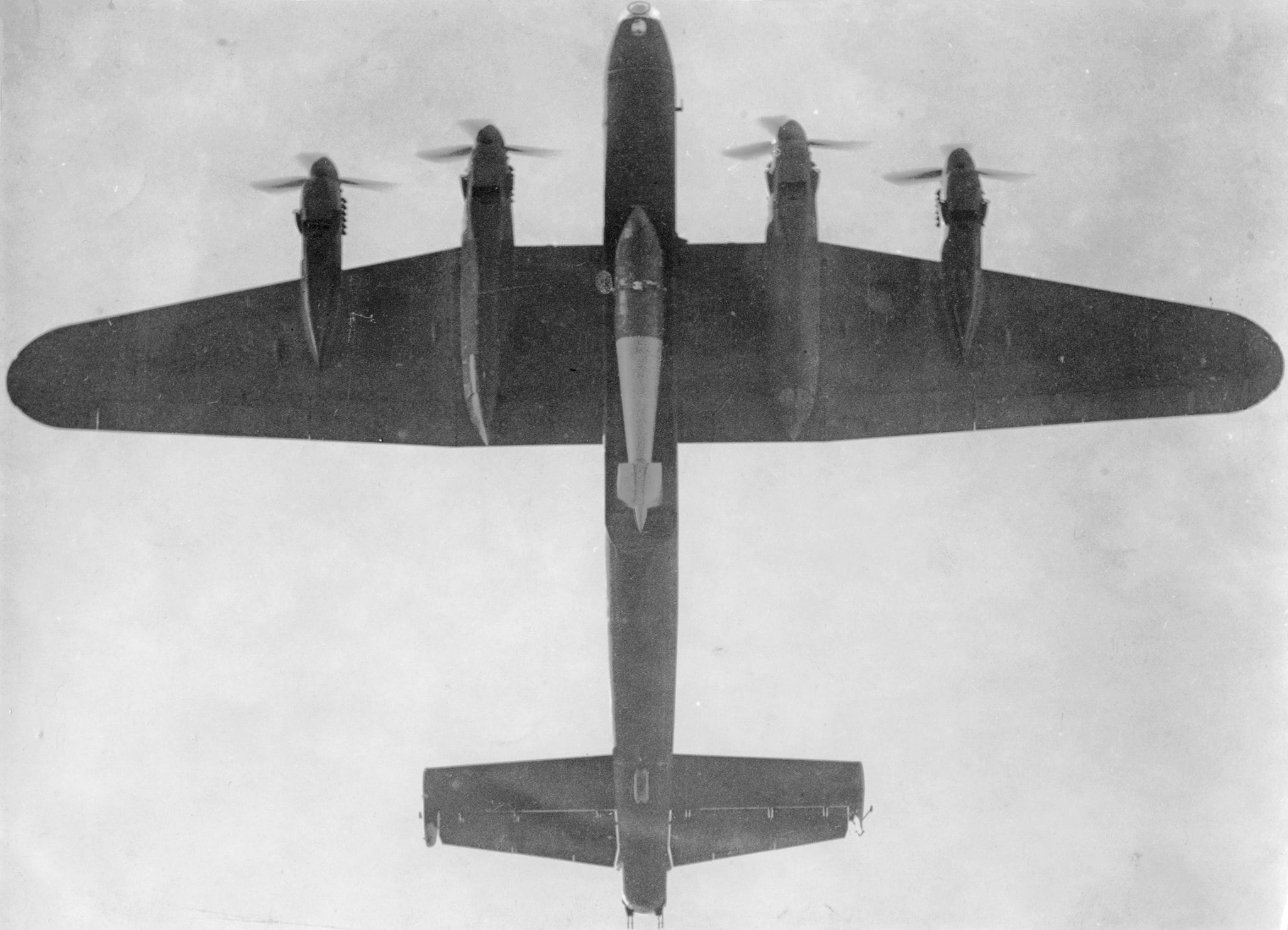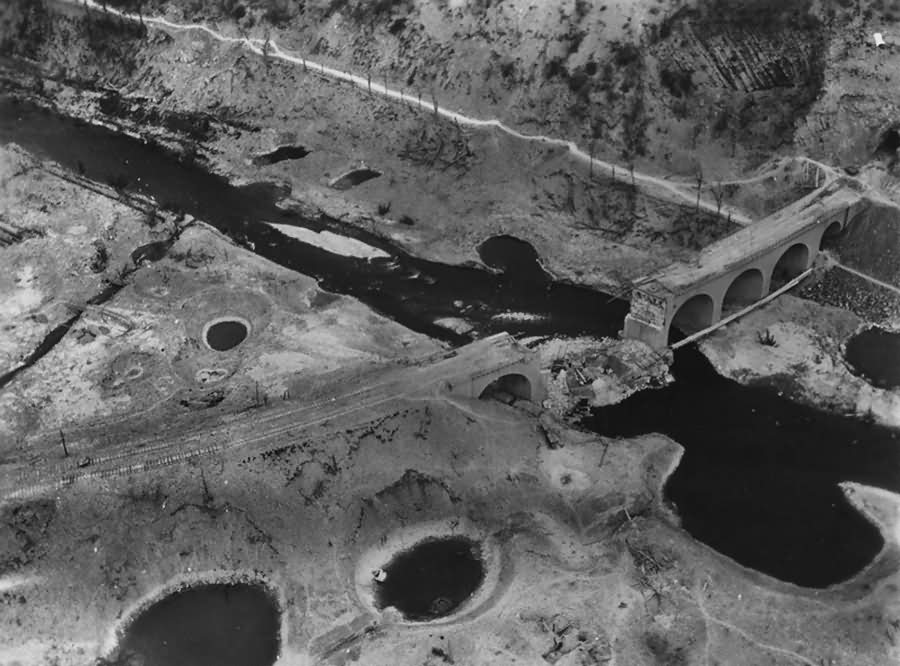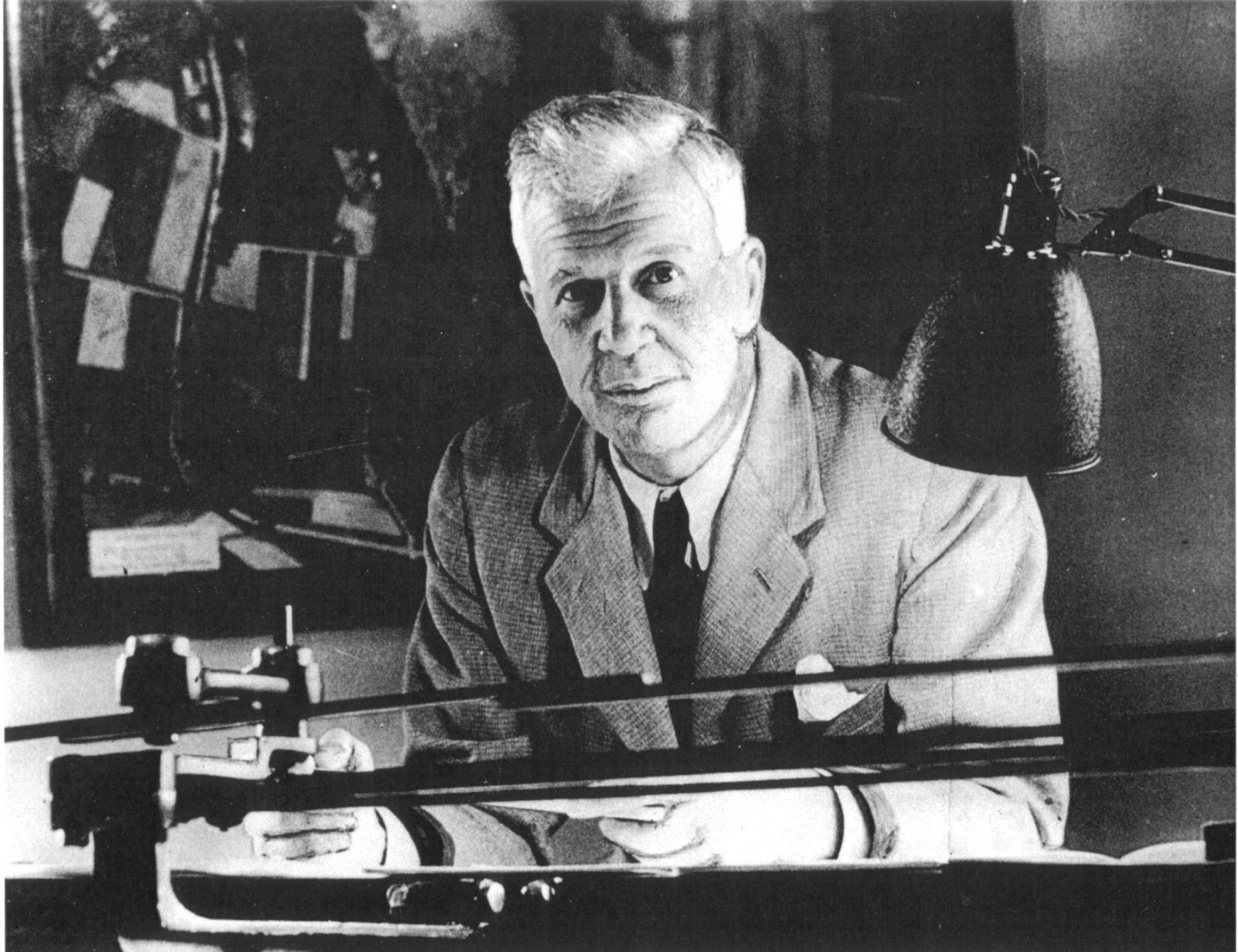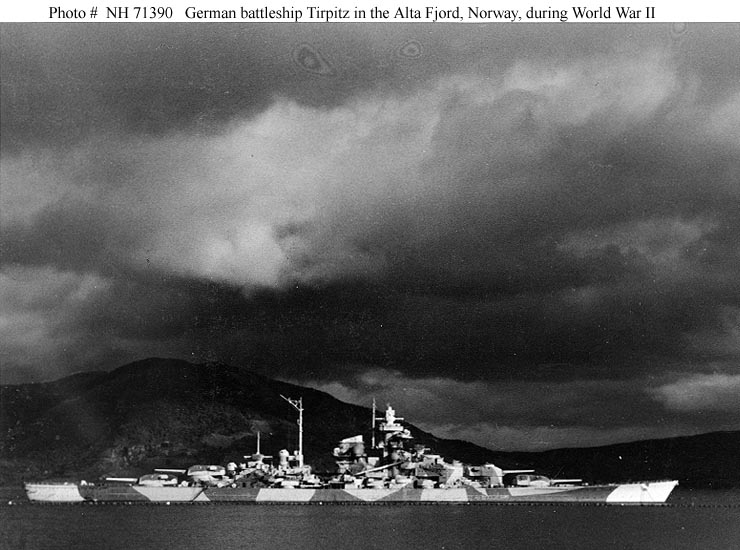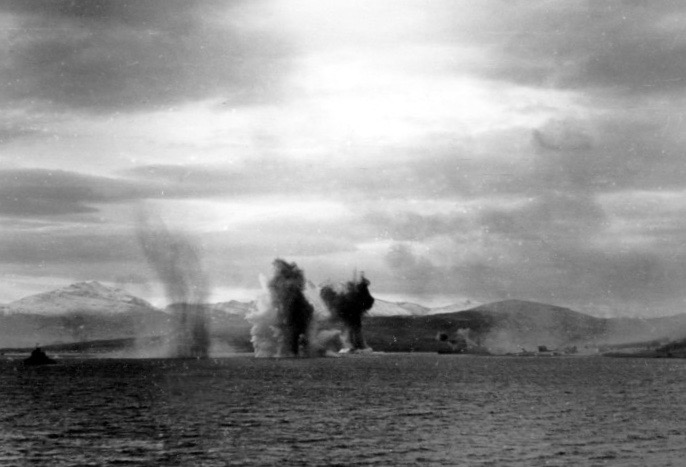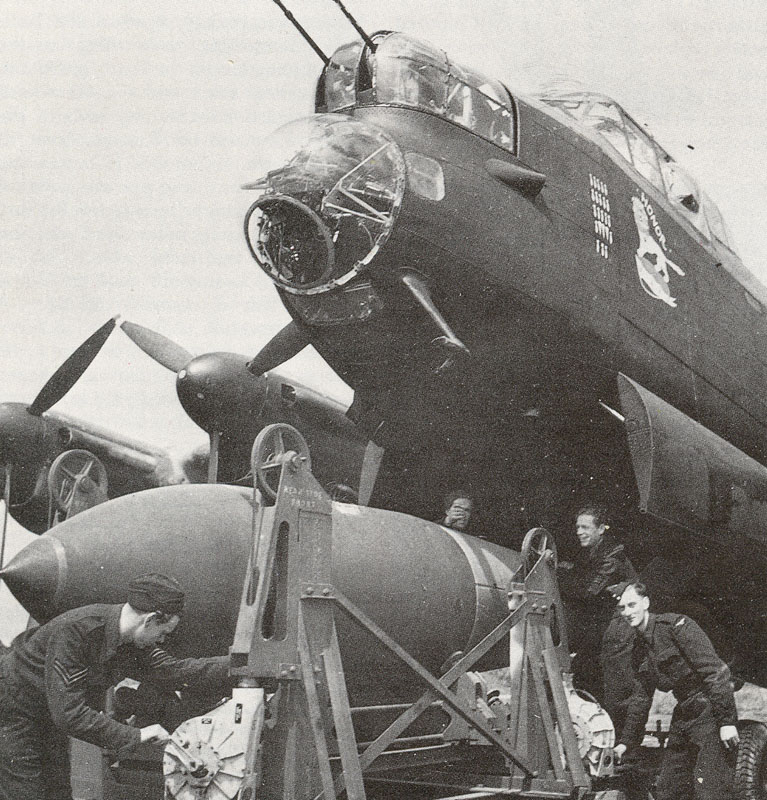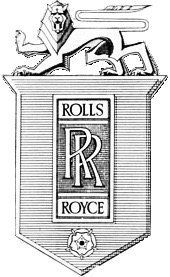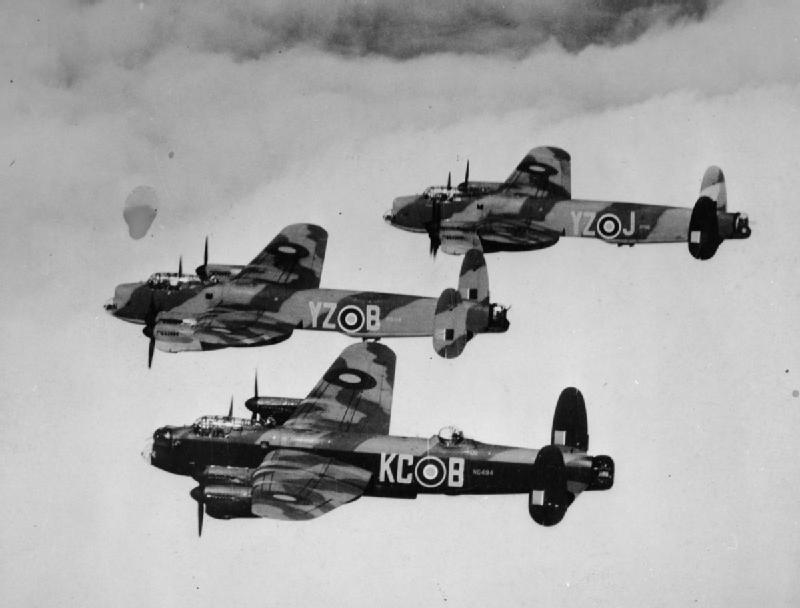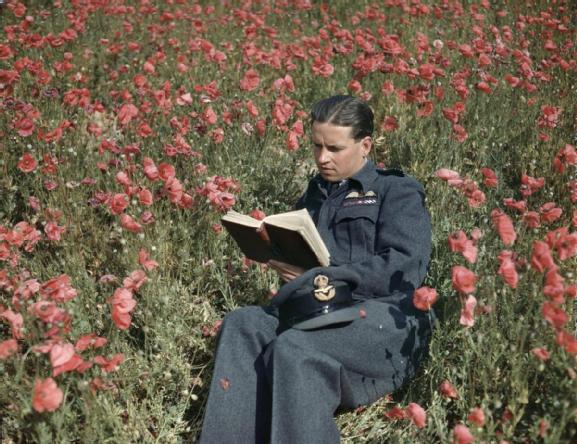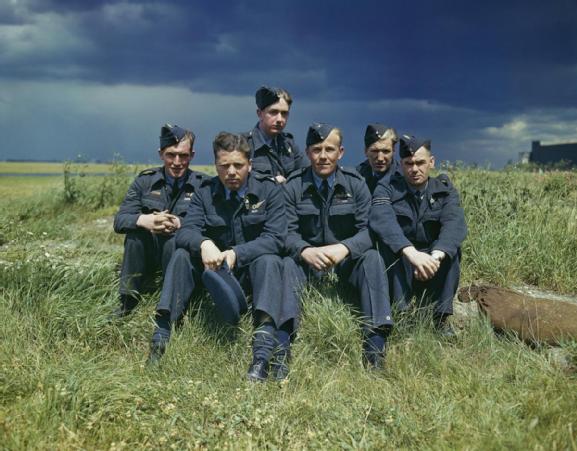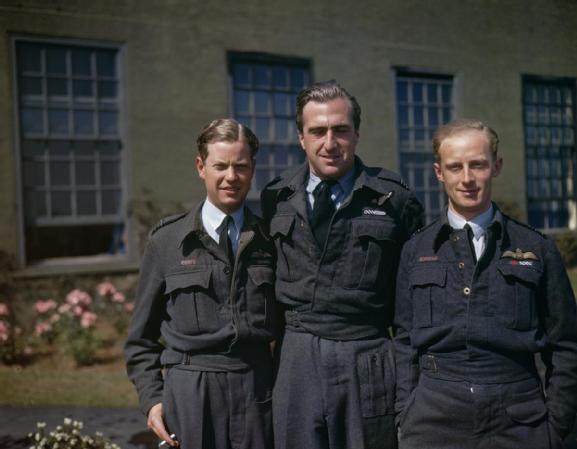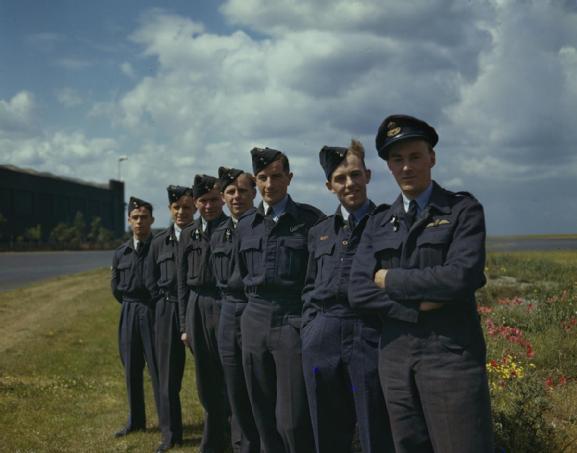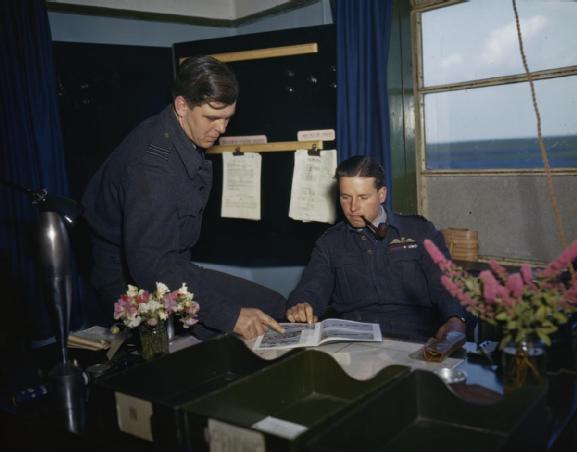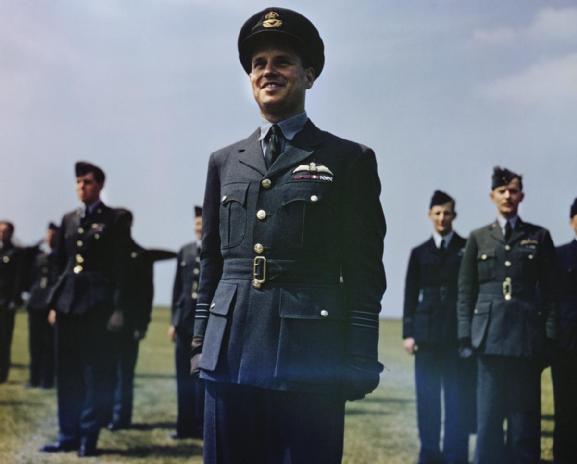
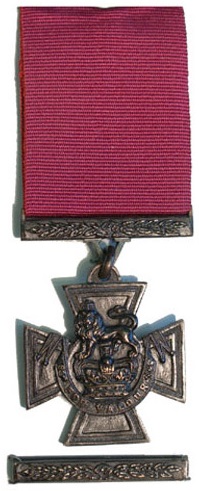
Wing Commander Guy Penrose Gibson, D.S.O. and Bar, D.F.C. and Bar, was awarded the Victoria Cross by His Majesty King George VI in a ceremony at RAF Scampton, Lincolnshire, England. Wing Commander Gibson received the medal for his leadership of No. 617 Squadron, The Dambusters, during Operation Chastise, an attack on Germany’s Ruhr Valley hydroelectric dams, 16–17 May 1943.
The Victoria Cross ranks with the George Cross as the United Kingdom’s highest award for gallantry.
The first British medal to be created for bravery, the Victoria Cross was instituted in 1856, with the first recipients being personnel honored for their gallantry during the Crimean War.
The bronze cross pattée, which bears the inscription “FOR VALOUR,” is cast from the metal of Russian guns captured at Sevastopol during the Crimean campaign. The Victoria Cross is awarded “for most conspicuous bravery, or some daring or pre-eminent act of valour or self-sacrifice, or extreme devotion to duty in the presence of the enemy.”
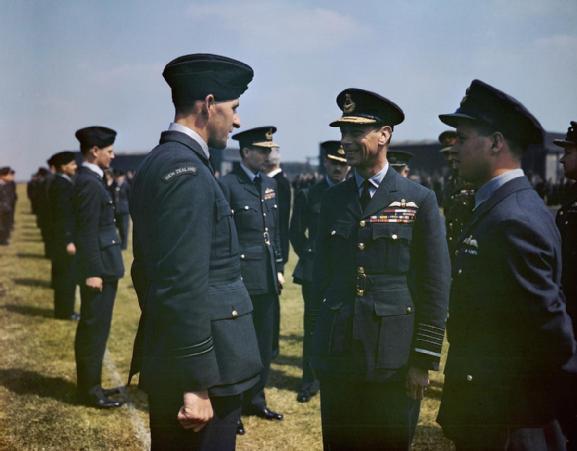
ROYAL AIR FORCE.
The KING has been graciously pleased to confer the VICTORIA CROSS on the undermentioned officer in recognition of most conspicuous bravery: —
Acting Wing Commander Guy Penrose GIBSON, D.S.O., D.F.C. (39438), Reserve of Air Force Officers, No. 617 Squadron: —
This officer served as a night bomber pilot at the beginning of the war and quickly established a reputation as an outstanding operational pilot. In addition to taking the fullest possible share in all normal operations, he made single-handed attacks during his “rest” nights on such highly defended objectives as the German battleship Tirpitz, then completing in Wilhelmshaven.
When his tour of operational duty was concluded, he asked for a further operational posting and went to a night-fighter unit instead of being posted for instructional duties. In the course of his second operational tour, he destroyed at least three enemy bombers and contributed much to the raising and development of new night-fighter formations.
After a short period in a training unit, he again volunteered for operational duties and returned to night bombers. Both as an operational pilot and as leader of his squadron, he achieved outstandingly successful results and his personal courage knew no bounds. Berlin, Cologne, Danzig, Gdynia, Genoa, Le Creusot, Milan, Nuremberg and Stuttgart were among the targets he attacked by day and by night.
On the conclusion of his third operational tour, Wing Commander Gibson pressed strongly to be allowed to remain on operations and he was selected to command a squadron then forming for special tasks. Under his inspiring leadership, this squadron has now executed one of the most devastating attacks of the war—the breaching of the Moehne and Eder dams.
The task was fraught with danger and difficulty. Wing Commander Gibson personally made the initial attack on the Moehne dam. Descending to within a few feet of the water and taking the full brunt of the antiaircraft defences, he delivered his attack with great accuracy. Afterwards he circled very low for 30 minutes, drawing the enemy fire on himself in order to leave as free a run as possible to the following aircraft which were attacking the dam in turn.
Wing Commander Gibson then led the remainder of his force to the Eder dam where, with complete disregard for his own safety, he repeated his tactics and once more drew on himself the enemy fire so that the attack could be successfully developed.
Wing Commander Gibson has completed over 170 sorties, involving more than 600 hours operational flying. Throughout his operational career, prolonged exceptionally at his own request, he has shown leadership, determination and valour of the highest order.
—The London Gazette, Tuesday, 25 May 1943, No. 3630 at Page 2361

© 2019, Bryan R. Swopes
